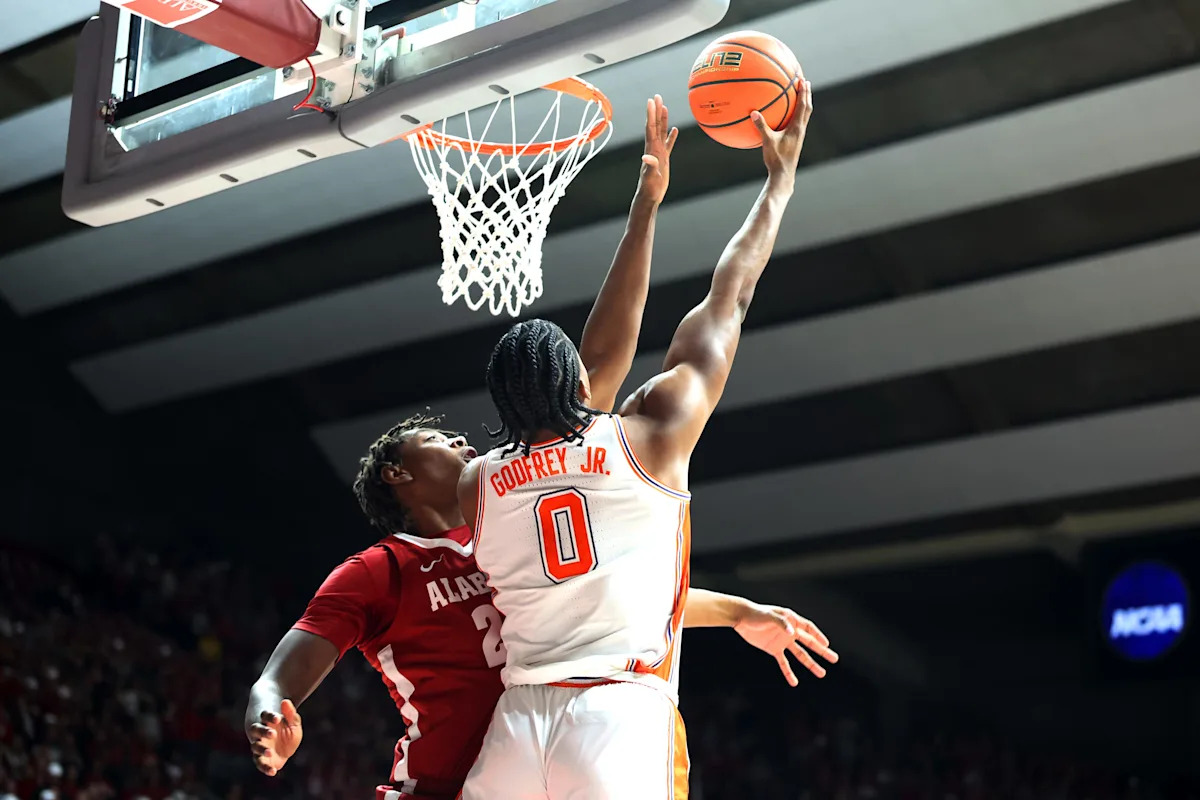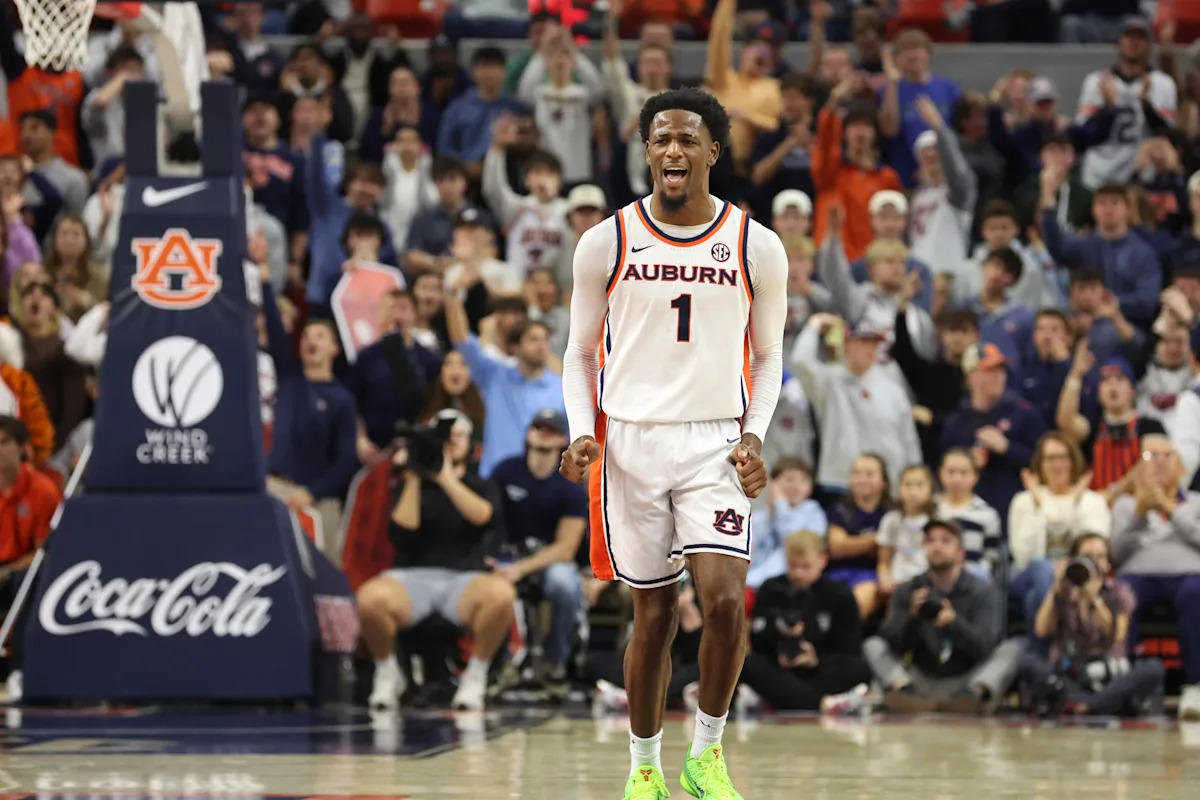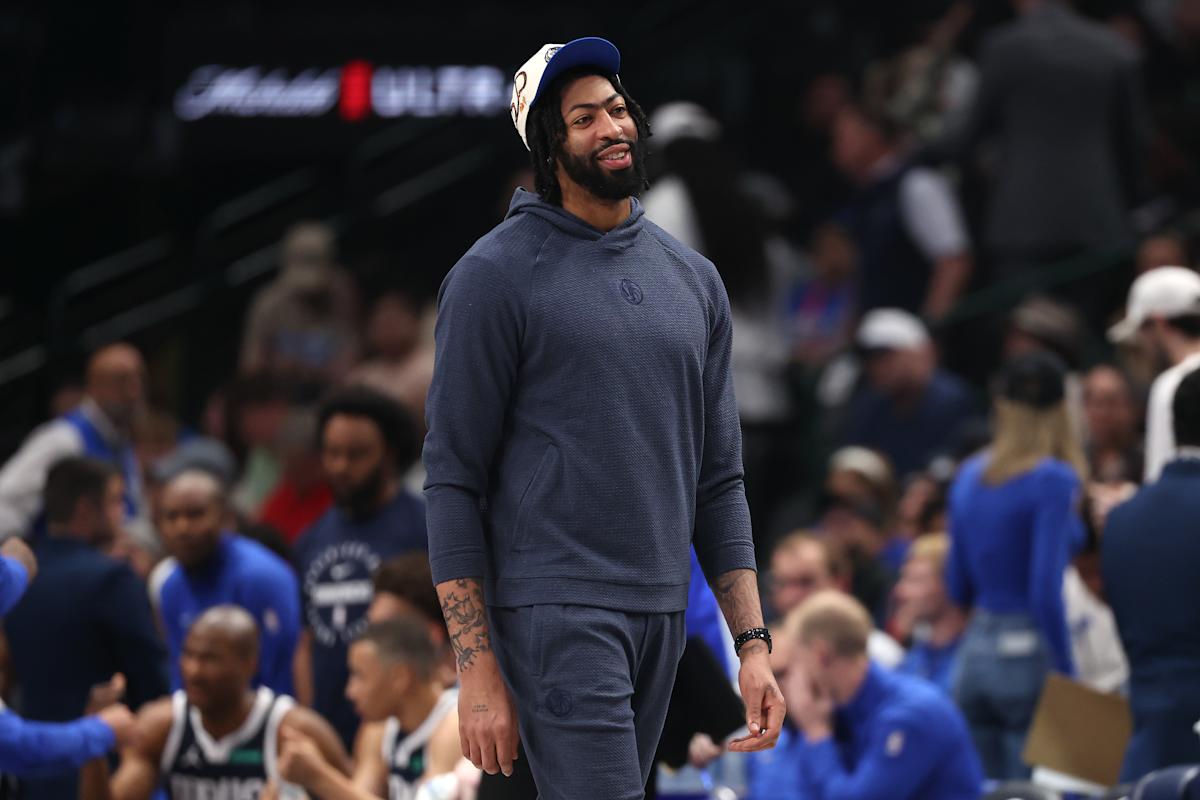The Horizon League has updated its format for the men’s and women’s basketball championships, the league announced in a release on Sept. 4.
Numerous conferences have altered conference tournament structure by adding or subtracting teams and rounds. The Horizon League made minimal changes to its format, but Senior Associate Commissioner for Basketball & Analytics, Kelley Ford, and his colleagues feel the modifications best position the league for success not only in March, but throughout the entire season.
All 11 teams in the league will be a part of the bracket in March, making the entire season meaningful. With this format, every team – and fan base – knows an NCAA Tournament appearance is possible, regardless of regular-season record.
“If you get hot at the right time, you still have a chance to cut down the nets in March,” Ford said. “It keeps everyone engaged to know, ‘Hey, maybe the season hasn’t gone the way we wanted, but we still have an opportunity, if we string together a few wins here in March, to achieve and realize ultimate goals that we’ve set out for ourselves.’”
In the 2024-25 season, the Barbasol Horizon League Championships featured four rounds. The sixth- through 11th-place regular-season finishers began the tournament with three first-round games. The first-round winners joined the top five teams in the quarterfinals. The four quarterfinal winners traveled to Indianapolis for the semifinals and championship games.
In each round, the bracket was reseeded so the highest-remaining seed faced the lowest-remaining seed.
In 2025-26, a round has been added, but the top teams will still need to win only three games to clinch an NCAA-Tournament berth.
A play-in game between the bottom two regular-season finishers will open the tournament. The winner of the play-in game will join the remaining nine teams in a five-game first round. All five first-round winners will travel to Corteva Coliseum in Indianapolis, an increase from the four teams which made the trip in 2024-25.
Bringing an additional team to Indianapolis eliminates one on-campus postseason game, but was supported by the membership.
“Since we’ve come to Indianapolis in 2020, the feedback we’ve received from all of our stakeholders has been incredibly positive,” Ford said. “From the very beginning, the desire has been to bring as many teams as possible to that neutral-site venue to experience that atmosphere.”
Ford said in the past, the quarterfinals, where teams had a chance to punch a ticket to Indianapolis, have been the most anticipated campus-site games. With the new format, five teams will have an opportunity to advance to Indianapolis on their home court. While the league is losing one on-campus game overall, but it gains a game in the round that has received the most positive feedback.
The league considered numerous bracket layouts and weighed the opinions of people involved in various capacities. Ultimately, getting an additional team to Indianapolis was deemed best for the league.
“We’re really excited about the opportunity to bring that fifth men’s and fifth women’s team, meaning 10 of our 22 teams are going to get that Indy experience here in March of 2026,” Ford said. “The experience at that neutral site is incredible, and we want more from the membership to be able to experience that. We’re excited to be able to make it happen.”
The two lowest seeds to advance to Indianapolis will play in a standalone second-round game. The winner of that game will join the three highest-seeded first-round winners in the semifinals to decide which two teams play for the championship and NCAA Tournament berth.
Amid changes to the bracket, the league will continue to protect its top teams in tournament play by reseeding each round. Some conferences reward their top teams with additional rounds off, but the Horizon League wants to avoid a scenario where a top team comes out rusty after more than a week off when its opponent has been in survival mode for several days.
By reseeding each round, Ford and his colleagues have found a balance between incentivizing regular-season play, giving every team a fair opportunity and ensuring the league is best positioned to succeed in the NCAA Tournament.
“We’re still going to get upsets in our championship,” Ford said. “We see upsets every single year, and the fans love that. But from a bracketing standpoint, you can, through reseeding, try to provide some level of protection for those teams that have earned it over the course of the regular season.”
The teams that perform best over the 20-game league slate position themselves best to win the tournament championship and are aided by reseeding.
The Robert Morris men represented the league in the NCAA Tournament last season and played a competitive game against Alabama, which went to the Elite 8. The year before, Oakland won the league and beat blue-blood Kentucky in the NCAA Tournament behind Jack Gohlke’s heroics.
The Green Bay women have won the last two tournament championships and also faced off against SEC powers in the NCAA Tournament, falling to Alabama and Tennessee.The Horizon League is always a threat to produce a bracket-buster. Will Cinderella’s slipper fit the 2025-26 champion of the Horizon League? It’s too early to tell, but league officials believe the updated championship format puts the league in position to experience success in March.























